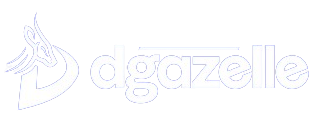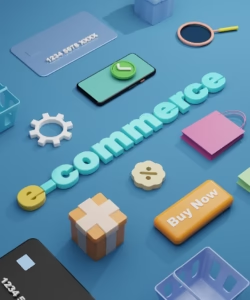Almost as crucial as producing content is distributing it. Publishing it on your own website is frequently the first step in this process, but it won’t have the most impact. Even massively popular companies like Red Bull and The New York Times employ a wide range of methods for content promotion. Putting oneself in the position of your target audience is crucial to creating an effective distribution strategy for your content. Which channels do they like to use to view and consume your material, and where are they active? For this, use your buyer personas!
Distribute ideas, not articles
Getting people to click on a URL is the definition of content promotion, according to the majority of individuals. But Promotion is more than merely persuading visitors to click on a link; if that restriction is lifted, a plethora of different promotion strategies become available. We could do actions that aren’t often related to promoting content: Participate at conferences, post freely on social media, create or appear on podcasts, and more.
An article is just a container. When we produce material, we typically do so to further a bigger objective: sharing an value. examining content promotion from this perspective gives us two additional insights:
Your idea must be valuable. You can’t just write a piece and hope it gets shared. Your work must be creative and distinctive if you want people to read it, share it on social media, in newsletters, or in communities, and get links.
Ways to promote your content
Getting people to see your idea means acquiring an audience. There are really only three ways to do this
Personal audience: own your reach
Promoting your content effectively starts with building an audience—people who actively choose to follow you through newsletters, podcasts, or social media. While social platforms like X, LinkedIn, and Instagram are excellent for reaching your target audience, they come with limitations. Algorithm changes or policy violations can suppress your content or shut down your account altogether.
This is why focusing on building an email list is crucial. Unlike social media, your email list is entirely yours, allowing you to reach your audience anytime, as long as you have their permission. To encourage subscriptions, offer a compelling incentive, such as an eBook, email course, or exclusive content. Even simple trust or the promise of more valuable ideas can motivate people to sign up.
Pair your email strategy with a robust website. Use landing pages tailored to downloads or infographics to funnel visitors into your email list. Together, your website and email list create a powerful, reliable foundation for distributing your content and engaging your audience.
Leverage earned media: borrow audience from major platform
One way to expand your reach is by borrowing an audience—finding platforms where your target audience already spends time, such as Google, YouTube, or other social media platform. By adhering to the platform’s rules and optimizing your content, you can get in front of people who don’t yet follow you. For instance, you could create SEO-optimized content to rank on search engines, share valuable insights in relevant subreddits, or publish engaging videos on YouTube.
To rank well on search engines, focus on three key areas:
- Keyword Research: Identify topics people are actively searching for using tools like Keywords Explorer.
- Search Intent: Understand why people search for specific terms and tailor your content to meet their needs.
- Backlinks: Acquire links from other websites, as they act as votes of credibility, signaling Google to rank your content higher.
Equally impactful is earned media—getting third parties to share or talk about your content. High-quality, shareable content is essential for this. Encourage employees to share your content, as their posts often outperform company pages on platforms like LinkedIn. Collaborating with industry influencers and guest bloggers can also amplify your reach. Their endorsements help build credibility while introducing your brand to wider audiences.
Paid Media: Buying an Audience
If you have the budget, paid media is a powerful way to reach a larger audience quickly. Platforms like Google Ads, Bing Ads, and social media channels (Facebook, Instagram, TikTok) allow you to target your audience with precision, segmenting by demographics, interests, and geography. Paid ads are especially effective for getting immediate feedback on your campaigns, enabling you to experiment and refine your approach in real-time.
Native advertising has also gained traction, letting you promote content in an editorial format on external websites or content partners. For instance, you could use blogs, infographics, or videos to engage audiences seamlessly within their browsing experience. Case studies like Teledyne CARIS showcase how native content marketing can successfully drive engagement.
However, ads are not infinitely scalable, especially when used to promote content where ROI isn’t immediate. To maximize your investment, pair paid campaigns with strategies to build an email list or strengthen your SEO foundation. This ensures the traffic you’ve paid for continues to serve you over the long term.
Conclusion
Content promotion isn’t about pushing an article into the void, hoping for engagement. Your article is merely a vessel; your end goal is to share a valuable idea with the world.
Thinking of promotion from that perspective will open up your world in terms of potential distribution channels. You no longer have to rely on the XX promotion tactics you find online, all dedicated to securing that one click.
Whether you’re leaning towards an agency for its comprehensive services or a freelancer for their specialized skills, we are here to help.







